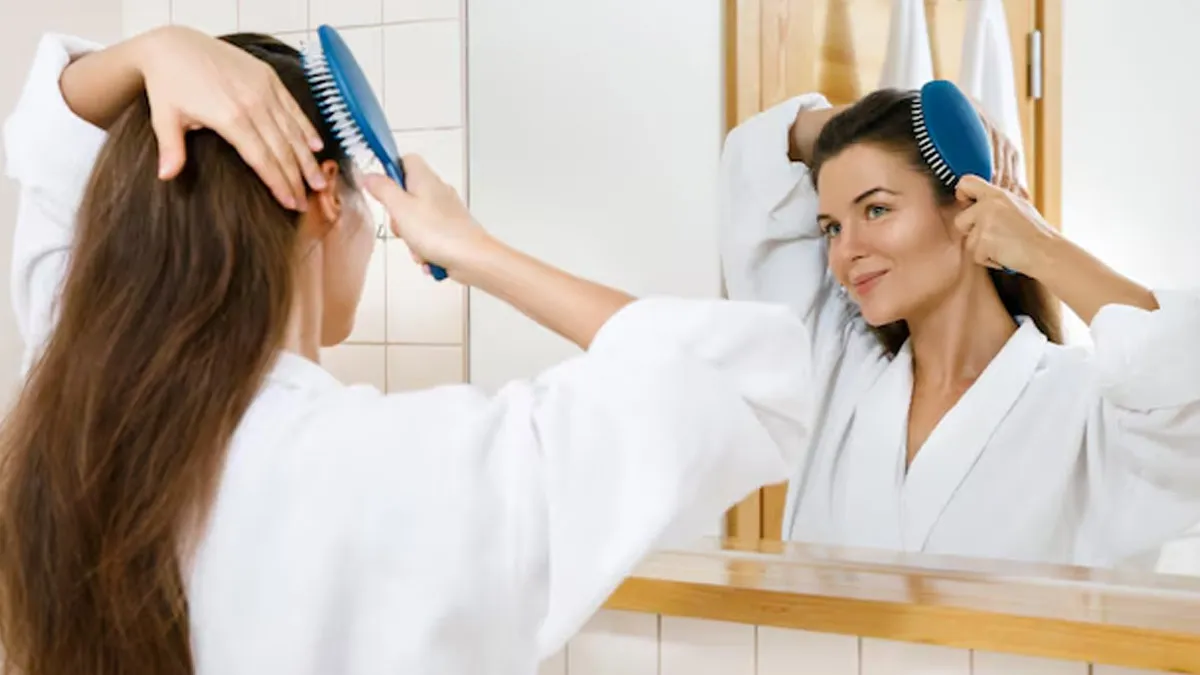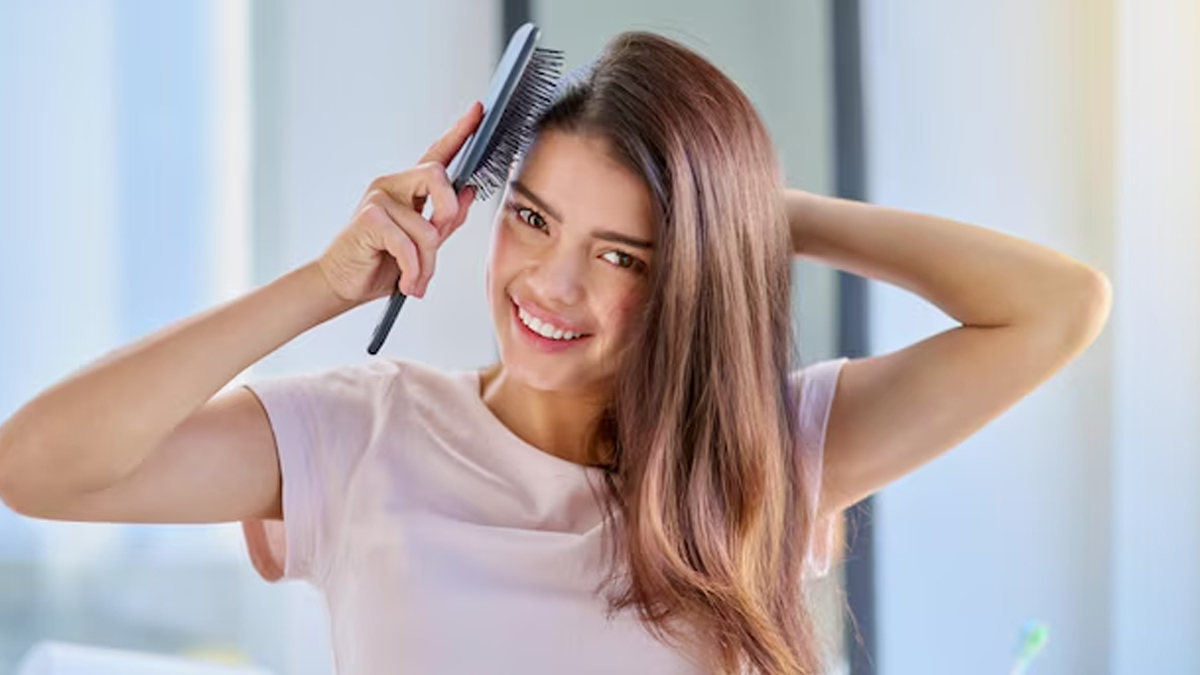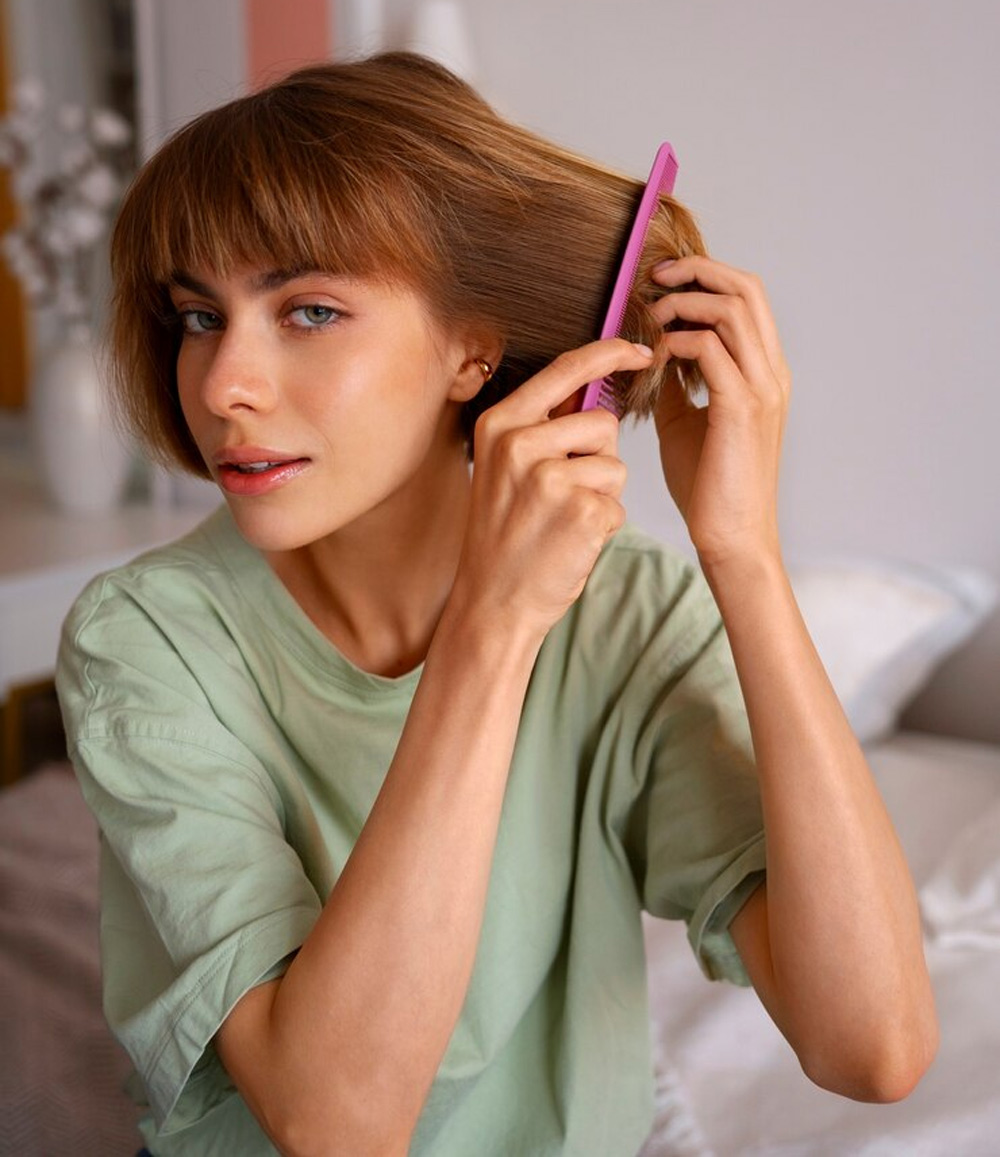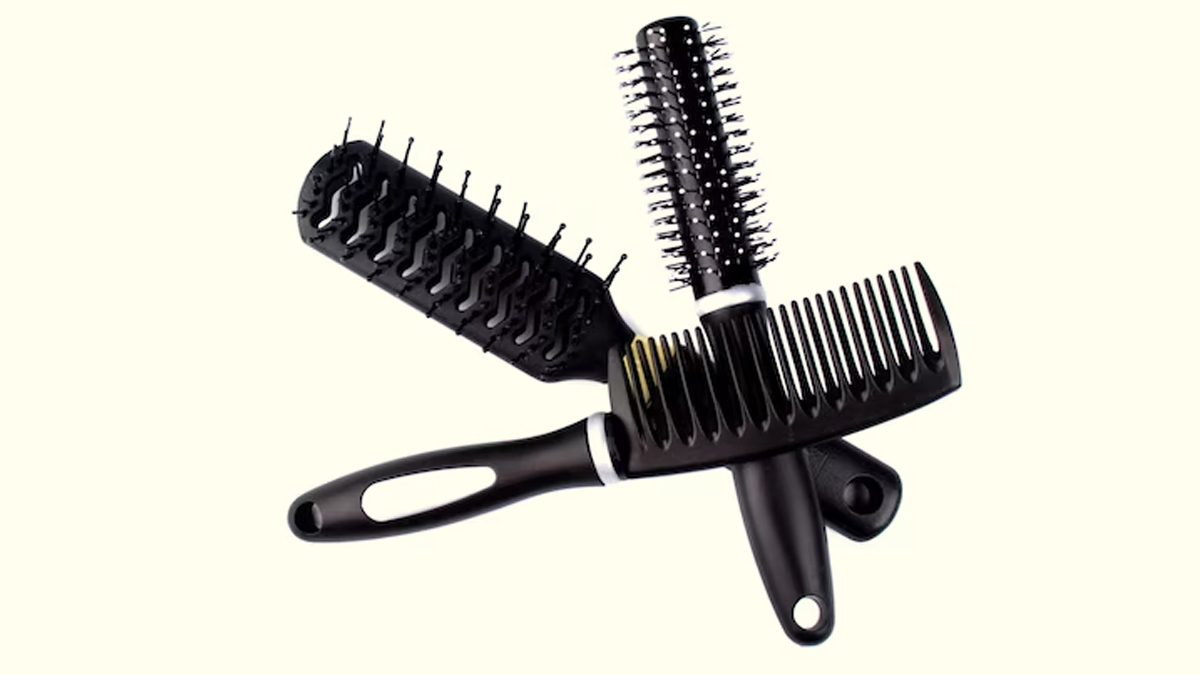
Have you ever brushed your hair mindlessly with a brush, not giving it much thought? Most people view hair brushing as an easy, mundane activity, but in reality, it does play an essential part in the health of one's hair. The way you brush, how often you do it, and the tools you use can significantly impact your scalp and strands. If done properly, brushing can enhance hair growth, increase scalp circulation, and give shine. However, improper techniques can lead to breakage, frizz, and even scalp damage.
Table of Content:-
s1. Stimulates the Scalp and Promotes Hair Growth

Brushing your hair isn’t just about detangling; it’s an excellent way to stimulate the scalp. Brushing improves blood flow, which assists in providing necessary nutrients and oxygen to the hair follicles. According to a 2016 study, regular scalp massage could enhance hair thickness by applying mechanical stretching forces to dermal papilla cells, which are vital for hair growth.
2. Distributes Natural Oils for Shine and Hydration
Your scalp also secretes natural oils (sebum) that keep your locks hydrated and healthy. But these oils settle at the roots of your hair, making the tips dry. Brushing helps distribute these oils from root to tip, ensuring your strands stay nourished and shiny.
3. Removes Dirt, Product Buildup, and Loose Hair

Throughout the day, your hair picks up dirt, dust, and product buildup that can clog pores and affect scalp health. Brushing daily removes these impurities and keeps the scalp cleaner. Additionally, since we naturally shed between 50-100 hairs daily, brushing helps eliminate loose strands and prevents tangles from forming.
4. Prevents Tangles and Reduces Breakage
Did you know tangled hair has a higher risk of breakage and split ends? Brushing gently helps to detangle knots and prevent them from worsening. Using the right brush and technique can minimise stress on hair strands, reducing breakage over time.
5. Enhances Scalp Health by Exfoliating Dead Skin Cells
Just like the skin on your face, dead skin cells build up on your scalp. If not removed, these can cause dandruff and other scalp issues. Brushing gently exfoliates the scalp, allowing for a healthier scalp environment for hair growth.
How to Brush Your Hair Properly
While brushing offers various benefits, improper technique can do more harm than good. Follow these steps to brush your hair the right way:
1. Choose the Right Brush

- Boar bristle brushes: Ideal for distributing natural oils and giving shine.
- Wide-tooth combs: Suitable for detangling wet hair to avoid breakage.
- Paddle brushes: Great for thick, straight hair to reduce frizz and smoothen strands.
2. Start from the End and Work Your Way Up
Many people begin detangling their hair from the roots and sweep it to the ends, which can lead to severe breakage. Instead, start detangling from the ends and gradually move upward to minimise stress on the hair.
3. Be Gentle and Avoid Over-Brushing
-1741166593467.jpg)
Brushing too hard can weaken hair strands and lead to breakage. Brush only 1-2 times a day, morning and night, to spread oils and keep hair untangled.
4. Avoid Brushing Wet Hair
Hair is weakest when wet, making it more susceptible to breakage. Use a wide-tooth comb instead of a regular brush to gently detangle wet strands.
5. Clean Your Brush Regularly
A dirty brush picks up oils, dirt, and product buildup, which can transfer back to your hair and scalp. Hence, clean your brush once a week by pulling out trapped hair and washing it with warm water and mild shampoo.
[Disclaimer: This article contains information for informational purposes only. Hence, we advise you to consult your professional if you are dealing with any health issue to avoid complications.]
Also watch this video
How we keep this article up to date:
We work with experts and keep a close eye on the latest in health and wellness. Whenever there is a new research or helpful information, we update our articles with accurate and useful advice.
Current Version
